Mar 20, 2025
Author:Jackson Watson
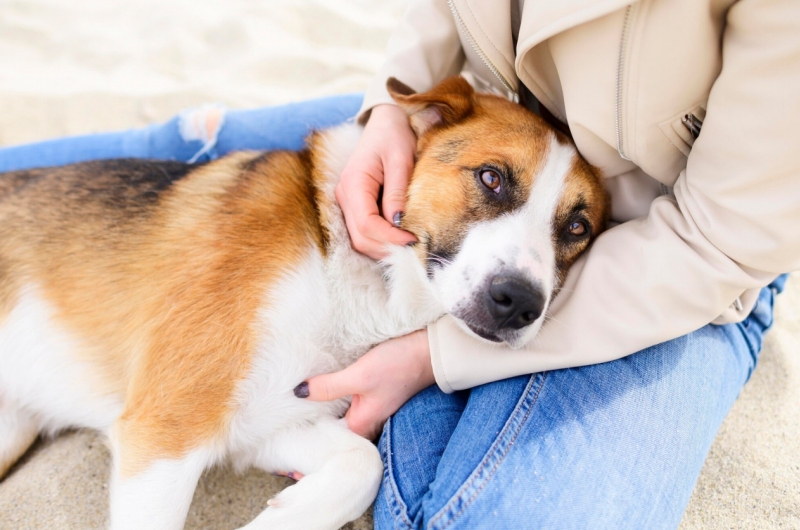
Does your dog develop red itchy rashes in the groin region following outdoor activities? What exactly is groin poison ivy rash in dogs? Poison ivy stands as the probable cause of your dog's condition. The skin of dogs reacts to urushiol oil found in poison ivy by developing painful rashes although they show less sensitivity to the plant than humans do.
The rash becomes worse when untreated because it causes intense itching alongside swelling and possible secondary infections. This guide provides all the necessary information about recognizing groin poison ivy rashes in dogs and their treatment and prevention to keep your dog healthy and comfortable. Let’s dive in!
Poison ivy is a common flowering plant in all of North America. It can occur as a spreading ground cover or climbing vines in woods, wood edges, fields, and even gardens.
Poison ivy has an oily substance, urushiol, that can induce an annoying allergic response in humans and animals. Typically, when dogs come into contact with or walk through the leaves of the poison ivy, urushiol clings to the dog’s hair or skin, thereby causing a rash that can be very agonizing for pets.
If a dog decides to explore or wander off alone, they can easily come in contact with poison ivy. This is especially the case in trails and wooded parks where the plant increases. Urshiol the harmful substance in poison ivy will stick to any part of a dog’s body which will cause them discomfort.
The groin area is particularly vulnerable because it is more sensitive than the rest of the body. Dogs can walk through poison ivy and not even notice which means the owners will have to deal with the itchy consequences later on.
A well-structured feeding routine with WOpet’s automatic pet feeders ensures your dog gets proper nourishment while recovering from any skin irritation.
Unlike people, dogs can have different responses when they physically interact with damaging materials. Symptoms do not always appear right away following such exposure, with rashes taking anywhere between 12 to 48 hours to develop.
In some instances, no response is exhibited, although urushiol can remain deposited on their coat. Rashes do not tend to bother certain dogs, but other dogs do experience prolonged bouts of itching, swelling, and discomfort.
A particular area where this is prominent is the groin. Always keep in mind that urushiol can be transferred from the dog’s fur and brought into contact with human skin. Hence, caution should be exercised regarding rashes.
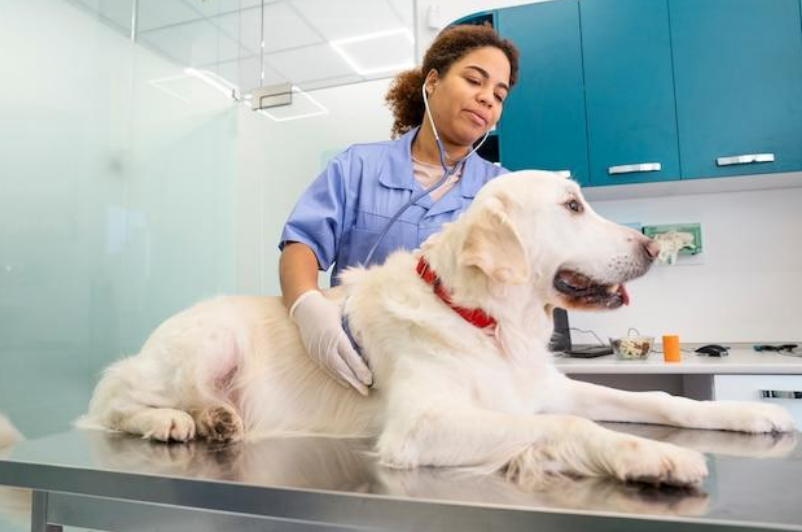
Figuring out whether your dog is suffering from a poison ivy rash (especially around the groin) can be tricky. Here's what to look for:
● Redness, swelling, or inflammation of the skin in or around the groin region
● Excessive licking, biting, or scratching at the area
● Oozing blisters or hives on the belly or inner thighs
● Development of scabs or bald patches due to scratching
● General irritation and behavioral changes like whimpering or restlessness
In severe cases, dogs may also develop open sores, signs of a secondary skin infection, or draining lesions. The rash can spread down the legs and onto the stomach area as well.
In fact, it is very difficult to visually diagnose a poison ivy rash, even in the sensitive groin region. Other skin conditions such as flea allergy dermatitis, hot spots, and general contact dermatitis may also cause similar red bumps and itchiness. So it is crucial that you take your dog’s environmental exposure into account when diagnosing allergies.
Dogs typically can be allergic to many things, not just poison ivy. These consist of plant materials, insect bites, food, grooming products, and medications. Diagnosing poison ivy allergy is only possible after excluding all other dermatoses.
When uating a potential poison ivy rash on your dog, ask yourself the following:
● Has my dog recently been in wooded areas with potential poison ivy exposure? (This helps establish suspicion for contact dermatitis).
● Is the rash isolated to one particular region of the body or does it appear more generalized? (Poison ivy rashes tend to follow distinct contact patterns based on where the plant brushed against your pet).
● Does the rash have a symmetrical appearance? (Contact dermatitis often creates matching red marks on opposite sides where the plant touched the skin).
● Have I changed my dog's diet or grooming routine lately? (This could point to other allergy triggers if the rash seemed to appear out of nowhere).
● Has my dog been scratching, licking, or biting at the area excessively? (This usually indicates discomfort consistent with poison ivy-related rashes).
Paying attention to these details can help determine the next steps when dealing with mysterious groin rashes. Share your observations with your veterinarian to get their informed opinion as well.
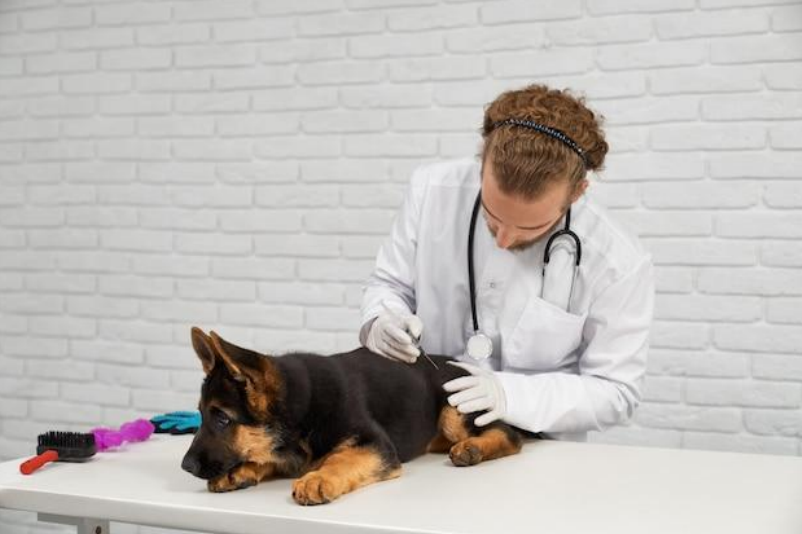
Once that itchy poison ivy rash is established, you'll want to begin treatment immediately to relieve your pooch's discomfort. Here are a few remedies to try:
For mild skin irritations in otherwise healthy dogs, at-home care might be all that’s required to provide relief. Washing with some soothing oatmeal shampoos can help dry out blisters and calm inflammation.
Cold compresses also reduce swelling and pain — put an ice pack or frozen bag of veggies in a towel and put it on the affected area for 10-15 minutes at a time. Just make sure your dog doesn’t pull off the compress prematurely.
There are also some natural supplements to discuss with your vet which may aid healing. Aloe vera gels and teas contain compounds with anti-inflammatory effects for skin conditions.
For more serious poison ivy rashes characterized by severe swelling, oozing blisters, or secondary infections, prescription medications might be required for effective relief and healing. Your veterinarian will assess the severity of your dog’s reaction and decide if more aggressive approaches are needed.
Addressed with a regimen of commonly prescribed drugs that can include oral steroids such as prednisone, to tamp down swelling and inflammation, and antihistamines such as diphenhydramine (Benadryl), to manage ongoing itching.
So be sure to follow up with your vet in a day or two to see if the rash is getting better or worse. Let them know if symptoms don’t appear to be well controlled by the current regimen. You may need additional intervention or a biopsy to rule out other skin diseases.
As a loving pet owner, you know your dog best. Pay attention to signs of suffering or deterioration after potential poison ivy exposure. Seek prompt veterinary attention if you observe any of the following:
Rushes to emergency vet clinics are no fun for pets or parents, but do not delay help if:
● Rash areas start severely swelling or develop oozing blisters/hives
● Infected skin lesions produce pus, become crusty/scabbed, or emit foul odors
● Your dog exhibits concerning systemic signs like vomiting, diarrhea, lethargy, loss of appetite, or difficulty breathing
These indicate the rash and associated inflammation/infection is progressing rapidly - intervention is needed to prevent lasting health impacts.
Even if reactions seem mild, a vet consult is recommended to confirm poison ivy as the definitive culprit. Skin irritation in delicate areas like the groin can indicate other problems needing different treatment. Let your vet examine lesions, review medical history, and prescribe appropriate therapeutic options for your dog’s unique situation. Customized care gets tails wagging again more quickly!
Following an informative stroll through the identification, treatment, and prevention of poison ivy rashes in dogs, you now possess the knowledge to deal with this seasonal pest like a pro.
Learn to identify poison ivy plants and keep pets away from coming into contact with them - prevention is the best medicine! In case of exposure anyway, bathe your dog right away upon arrival home to scrub out irritating oils before they trigger a reaction.
Regularly check your puppy for skin redness, itching, and puffiness after trips to the woods where poison ivy could have come into contact with their fur. Early rashes are easily recovered from.
Keep your dog healthy and comfortable with the right care. Ensure they stick to a steady feeding routine with WOpet feeders and other accessories.
Label:
Popular Post
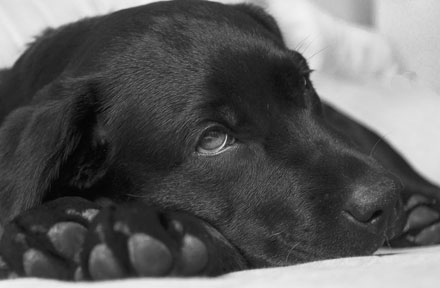
What to Feed a Sick Dog With No Appetite? [2025 Guide]
May 16, 2023

Troubleshooting Common Issues with Automatic Pet Feeders: Tips & Tricks for Pet Owners
Oct 26, 2023
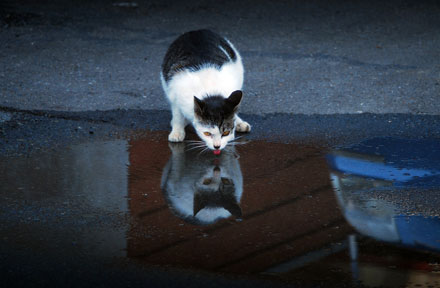
Why Does My Cat Cough After Drinking Water? 8 Potential Reasons
Mar 13, 2023
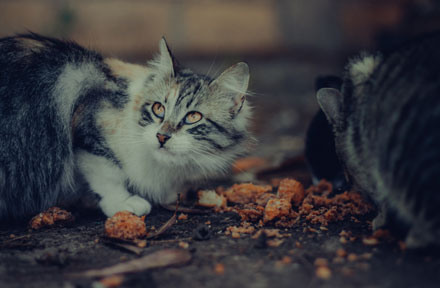
My Cat Only Eats A Little at A Time - What to Do?
Feb 27, 2023
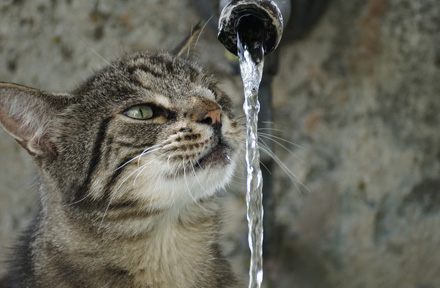
Why is My Cat Throwing up Water? Top 5 Causes Here
Feb 08, 2023
$99.99
$129.99
Copyright © 2025 WOPET. All Rights Reserved.